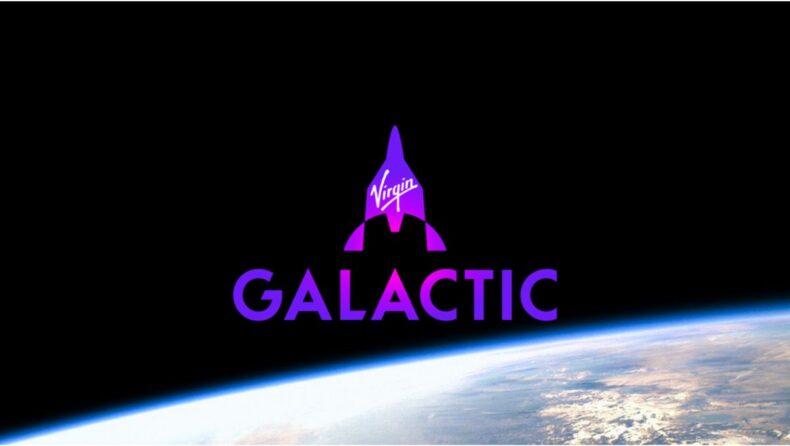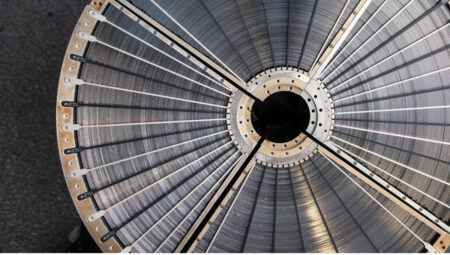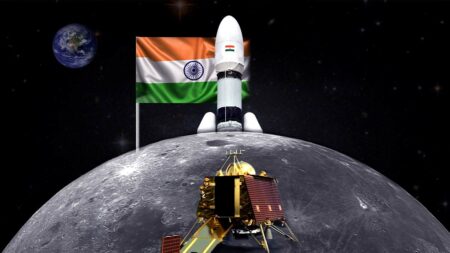On Thursday, Sir Richard Branson finally began commercial spaceflights with his Virgin Galactic rocket plane named Unity. The vehicle soared high over the New Mexico desert after hard work, patience, delays and setbacks for almost 20 years.

What is Unity, and how it works?
Unity is a sub-orbital vehicle designed to give its passengers stunning views at the top of its climb and allow them a few minutes to experience weightlessness and zero gravity.
Unity is first carried by a much bigger aircraft called VSS Eve to an altitude of about 50,000 ft, where it is released, and a rocket motor in the back of Unity then ignites to take it to space.
The maximum height achievable by Unity is nearly 2,95,000 ft. Once it reaches space, passengers can unbuckle to float to a window. Unity folds its tail booms during descent to stabilise its fall before gliding home.
Galactic 01 launches
The first commercial spaceflight of Virgin Galactic started when the carrier plane, Eve, piloted by Mike Masucci and Nicola Pecile, took off at 2:30 P.M. (GMT) from Spaceport America.

After nearly an hour into the mission at an altitude of 44,500 ft, Eve released Unity, which started its rocket to reach space. At the top of its climb, Unity was at 2,79,000 ft. The whole experience, from take-off to landing, took about 1 hour and 12 minutes.
800 people ready to go
Until now, 800 people have bought tickets for $250,000 to $450,000 per seat to ride on Unity and go to space. Some bought tickets more than a decade ago and have been waiting ever since to visit the space.
Unity can only carry a few passengers at a time, and as it can only operate one flight per month, working through the backlog will take a while.
This will continue until Virgin Galactic introduces a new class of rocket planes, which will be able to go to space once per week. This rocket class is likely to make its commercial debut around 2026. Introducing a new rocket class will also be crucial for making Virgin Galactic profitable.
A journey of nearly 20 years

Virgin Galactic was founded in 2004 to use the technology built into SpaceShipOne, a small, experimental, privately funded rocket plane that won a $10 million prize for flying to space twice within two weeks.
Back then, Branson said he would introduce a commercial spaceflight based on the SpaceShipOne concept by 2007. However, the engineering challenges were far more significant than anyone had anticipated.
In fact, the project nearly shut down in 2014 when the first prototype vehicle, Enterprise, broke up during a test flight, killing one pilot and seriously injuring the other.
After a delay of four years, in December 2018, Virgin Galactic got the successor, Unity which was successful. Sir Richard Branson took a spaceflight in July 2021 to gain people’s trust and showcase its safety.
After the success of Galactic 01, Galactic 02 is scheduled to take off in August 2024.













